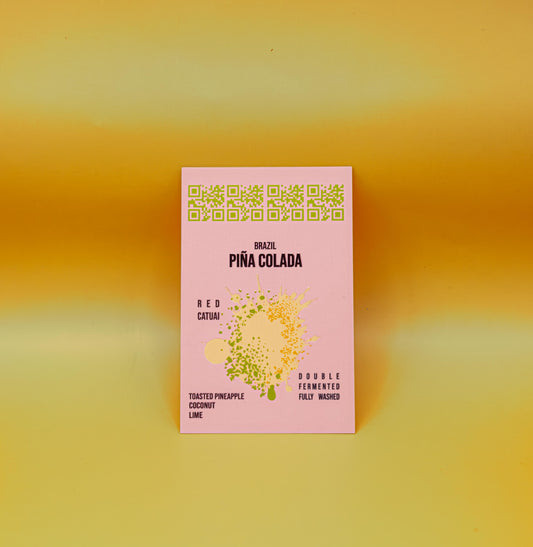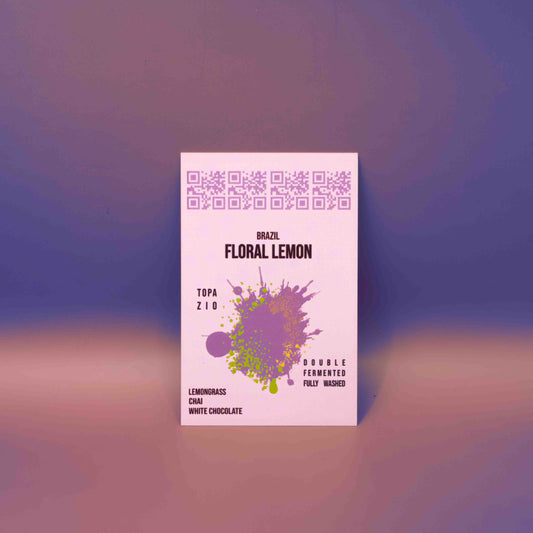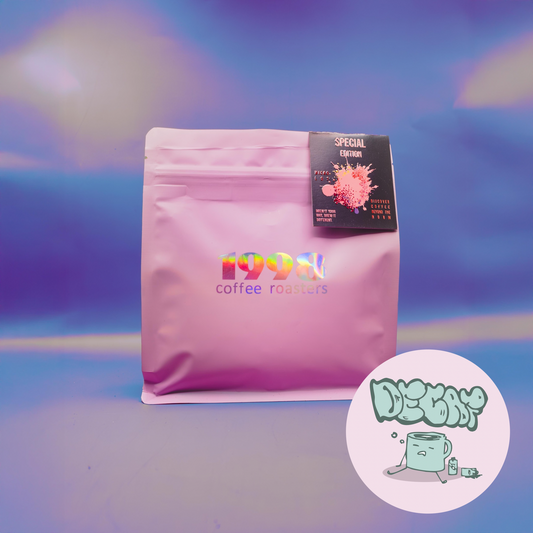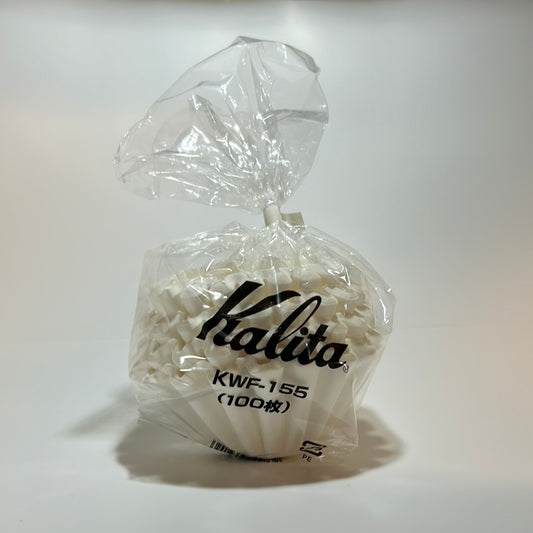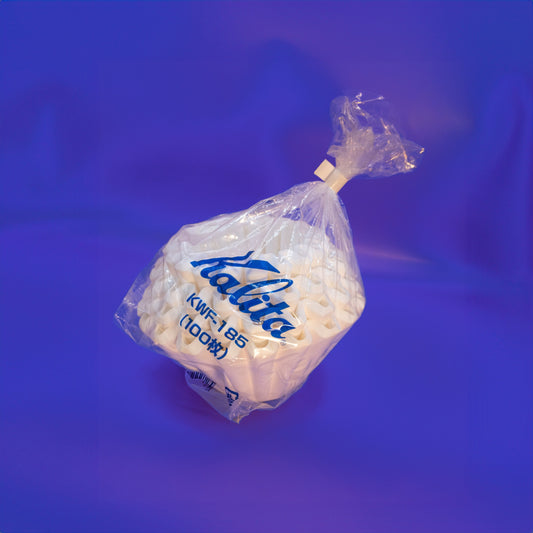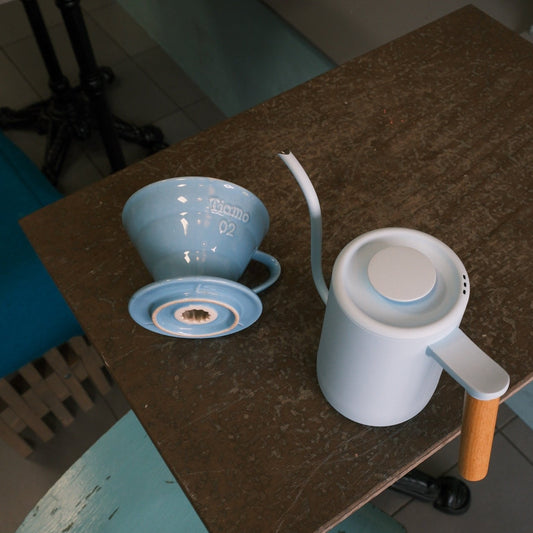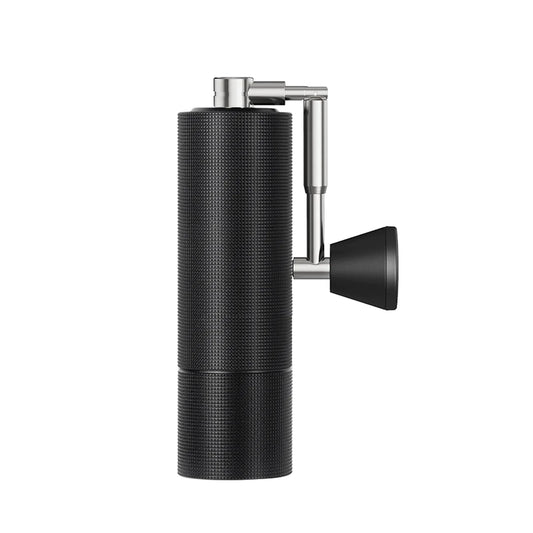1998
PLOT ROASTING, LA SENDA
PLOT ROASTING, LA SENDA
Couldn't load pickup availability
Tasting notes
Tasting notes
Expect notes of stone fruits, raisin, and dark honey sweetness.
Characteristics
Characteristics
Origin: Guatemala, Finca La Producer: Pérez Melendez & Maria Eugenia Escobar
Altitude: 1,750 Masl
Variety: Pache
Processing: Anoxic Natural
Brew Guide
Brew Guide
Read more
Read more
FYI this bag is 200g. Often called anaerobic fermentation, "anoxic" is the correct term for the environment where fermentation occurs. While fermentation itself is inherently anaerobic (not requiring oxygen), many other microbial processes happening simultaneously do need oxygen. One such process is the production of acetic acid, which can be pleasant in small amounts but leads to very sour, vinegar-like notes and "farmyard" aromas when concentrated. By fermenting coffee without oxygen, you can slow acetic acid production while encouraging more intense fruit flavors. This process can be carried out in various vessels, sometimes with added CO2 (carbonic maceration), and at different stages—either with whole fruit or after the coffee has been pulped. The dry/natural process is the oldest and simplest method of preparing green coffee. Well-suited to environments with limited water access and hot climates, this process typically uses no water and requires no specialized equipment. After harvesting, coffee cherries are dried until they reach about 20% moisture content. They're then usually rested for a few weeks in bags before being sent to a mill for hulling and export preparation. The cherries can be dried on large patios or raised African beds—large trays with a mesh base that allow increased airflow for even drying. Best practices include keeping the drying coffee in shade during the hottest parts of the day and avoiding rewetting by rain or condensation. Regular turning and good ventilation are also crucial to prevent mold formation. To avoid defective seeds and sour fermentation off-flavors, it's best to sort the harvested cherries during the initial drying stage when under-ripe, over-ripe, and damaged cherries are easily spotted. After just a couple of days, the cherries turn a dark red-brown color before becoming black, making it impossible to visually identify problem cherries. Coffee begins fermenting from the moment it's picked and continues while there's enough moisture and high temperatures—conditions that favor microbial growth. This uncontrolled fermentation leads to the development of wild, fruity flavors and an increased perception of sweetness and body.
Share
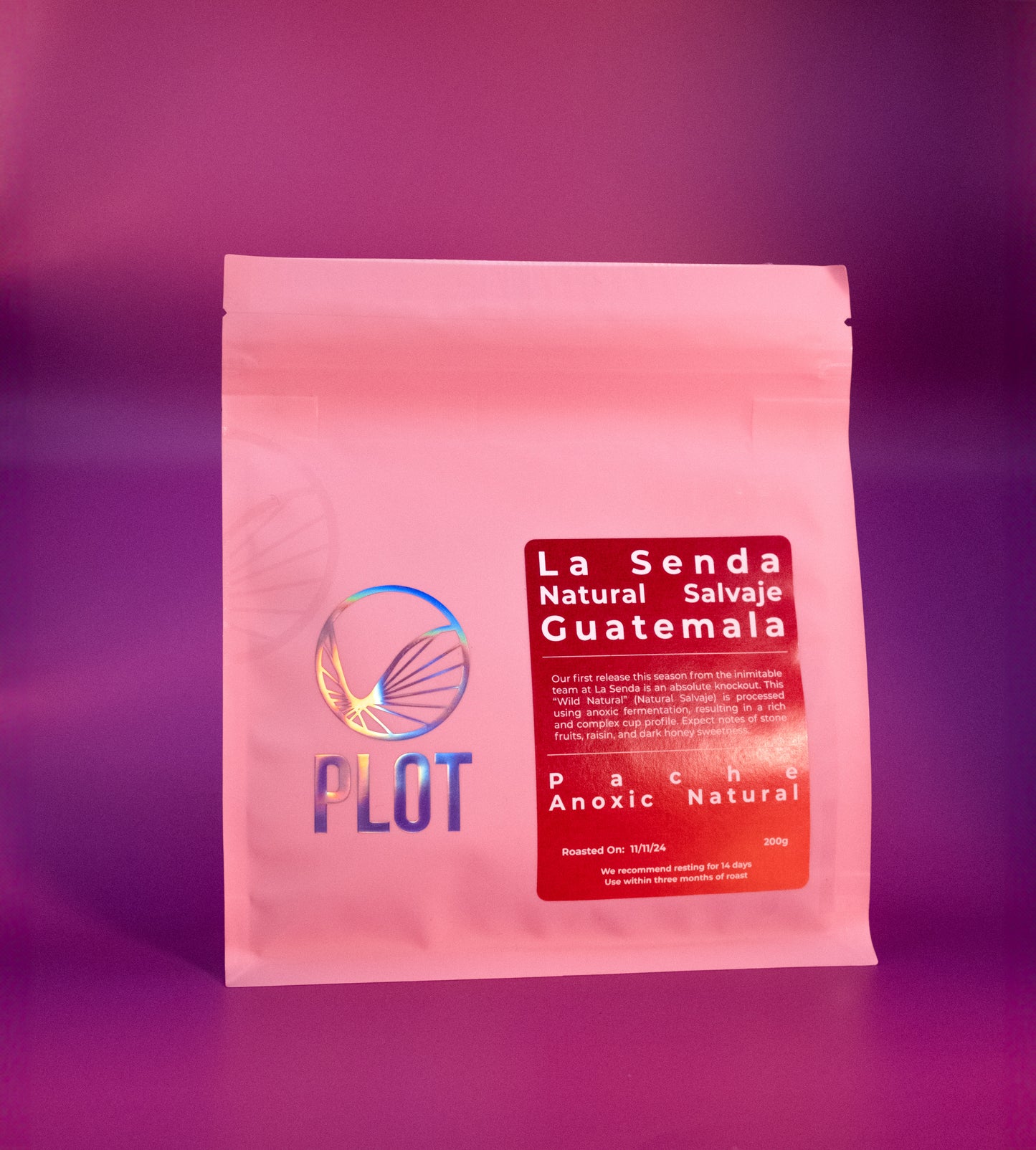
you may also like
-
BLACK HONEY - COSTA RICA - URENEA FAMILY
Regular price 185 SEKRegular priceUnit price / per -
 Sold out
Sold outCHOCOLATE ESTATE - BRAZIL - VINHAL
Regular price 190 SEKRegular priceUnit price / per -
PINA COLADA - BRAZIL - VINHAL
Regular price 197 SEKRegular priceUnit price / per -
FLORAL LEMON - BRAZIL - VINHAL
Regular price 190 SEKRegular priceUnit price / per -
SPECIALTY INSTANT COFFEE
Regular price From 30 SEKRegular priceUnit price / per -
GRANITA - RWANDA - WOMEN'S COOPERATIVE
Regular price 195 SEKRegular priceUnit price / per -
DECAF - COLOMBIA - EL VERGEL ESTATE
Regular price 195 SEKRegular priceUnit price / per -
Christmas coffee
Regular price 185 SEKRegular priceUnit price / per -
Christmas Coffee Box
Regular price 249 SEKRegular priceUnit price / per
-
JAPANESE V60 BLEACHED FILTERS
Regular price 99 SEKRegular priceUnit price / per -
AEROPRESS FILTERS
Regular price 99 SEKRegular priceUnit price / per -
KALITA WHITE FILTERS - 155
Regular price 99 SEKRegular priceUnit price / per -
AEROPRESS CLEAR COLOR
Regular price 459 SEKRegular priceUnit price / per -
KALITA WHITE FILTERS - 185
Regular price 99 SEKRegular priceUnit price / per -
TIMEMORE - YOUTH KETTLE BLUE
Regular price 569 SEKRegular priceUnit price / per -
TIMEMORE - YOUTH KETTLE PINK
Regular price 569 SEKRegular priceUnit price / per -
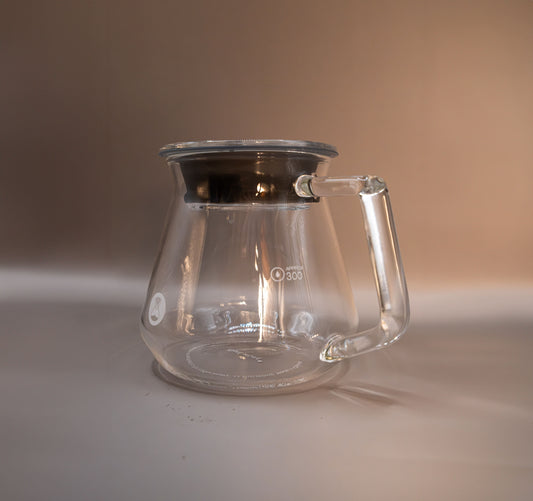 Sold out
Sold outTIMEMORE COFFEE SERVER
Regular price 299 SEKRegular priceUnit price / per -
BLACK MIRROR 2 COFFEE SCALE
Regular price 899 SEKRegular priceUnit price / per -
PITCH BLACK MILK JUG - 350ML
Regular price 259 SEKRegular priceUnit price / per -
C3 PRO FOLDABLE HANDLE - BLACK
Regular price 1 699 SEKRegular priceUnit price / per -
TIAMO V02 CERAMIC FILTER - BLUE
Regular price 299 SEKRegular priceUnit price / per -
TIAMO WAVE K02 - STAINLESS STEEL
Regular price 299 SEKRegular priceUnit price / per -
CUPPING SPOON
Regular price 89 SEKRegular priceUnit price / per -
BLACK MIRROR NANO COFFEE SCALE
Regular price 1 699 SEKRegular priceUnit price / per -
TIAMO V02 CERAMIC FILTER - PINK
Regular price 299 SEKRegular priceUnit price / per -
TIAMO V02 CERAMIC FILTER - RED
Regular price 299 SEKRegular priceUnit price / per -
 Sold out
Sold outAEROPRESS GO!
Regular price 459 SEKRegular priceUnit price / per




